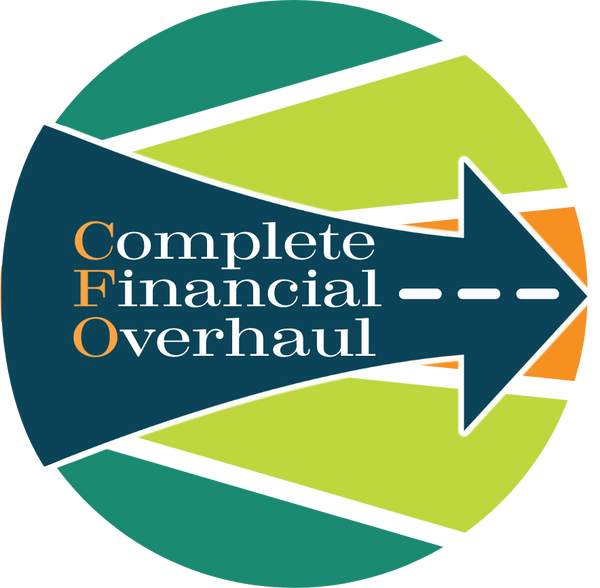Navigating the Grocery Aisles
Share
Navigating the Grocery Aisles: A Guide to Tracking Spending Against Your Budget
Think of managing your family's finances as if you're orchestrating a well-planned grocery shopping trip. Your budget is your shopping list, meticulously crafted to ensure you bring home everything you need without blowing past your spending limit. Tracking your spending is like keeping a watchful eye on your cart as you navigate the aisles, making sure that every item you add is both necessary and within your planned budget.
Start with your budget—the shopping list. Before the month begins, sit down with a cup of coffee and list out all your expected expenses: mortgage or rent (the must-have pantry staples), utilities (like eggs and milk—essentials that keep the household running smoothly), and school expenses (akin to picking the right ingredients for your child’s lunchbox). Then, consider allocating funds for savings as you might set aside coupons for items you’ll buy every time they go on sale.
As you move through the month, every expense you incur should be logged as meticulously as scanning each grocery item before you toss it into the cart. Use an app or a simple ledger to track these, much like checking off items on your list. This ongoing tally will help you see at a glance if you're sticking to your list or if the kids have snuck some extra treats into the cart.
Divide your expenses into categories, just like organizing your grocery list by sections of the store. Fixed expenses, variable expenses, and fun money can be likened to frozen foods, produce, and snacks, respectively. This will not only streamline your shopping—or spending—but also make it easier to spot areas where you might be overindulging.
Regularly "check out" your current spending against your budget. Imagine this like periodically pausing in an aisle to review what’s in your cart compared to what’s on your list. Mid-month, tally up your expenses to ensure you’re on track. If you find you're over budget in one category, think of it as realizing you've grabbed too many luxury items—perhaps it's time to put a few back to make room for the essentials.
Prepare for the unexpected. Just as you might at the store when you encounter an unmissable sale on a bulk purchase that could save future spending, sometimes unforeseen expenses arise. A little flexibility in your budget, much like having a small reserve fund or a space on your list for unexpected deals, can help you manage without stress.
Involving the family can make budgeting more effective, just like shopping with your kids can be a teaching moment. Discussing the family budget and why you track spending teaches valuable lessons about resource management and responsible spending, much like explaining the difference between needs and wants during a shopping trip.
By tracking your spending as carefully as you manage a grocery expedition, you ensure that every dollar is spent wisely, just as every grocery item is chosen with care. It’s about making sure that when you reach the checkout, you feel confident that you're taking home everything you need to nourish your family's finances without any wasteful extras. This methodical approach not only keeps your financial health in check but also turns budgeting into a manageable, even enjoyable, part of everyday life.
